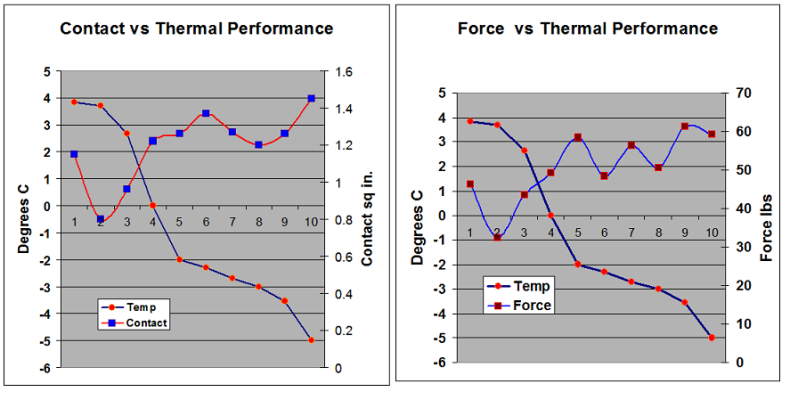Soldato
- Joined
- 13 Mar 2006
- Posts
- 6,712
Is this a giveaway of the 24 carat stuff? How do I get a tube? 


Is this a giveaway of the 24 carat stuff? How do I get a tube?

 Damn.
Damn.Oh.Damn.

 )
)

Sadly no paste will come close to any lma.

Hey,
My results using the old spread it out yourself method ( I'm not comfortable trusting a blob to spread itself when you can't see it)
Before
I5 760 @ 4ghz with arctic cooling freezer 7 pro
AS5 IDLE-----------IC Diamond Idle
31-----------------31
27-----------------27
29-----------------29
24-----------------24
AS5 LOAD----------IC Diamond Load
69-----------------66
69-----------------66
63-----------------61
67-----------------65
I'd like to thank ocuk for the sample, but as far as I'm concerned those numbers are not worth the 3x price hike from AS5.
Thanks
Maybe my application method has royally messed up my figures, if you all think it has I'll reapply it with the blob method and have another go?
Technical/Troubleshooting Note:
As most experienced users understand that when troubleshooting thermal problems there are usually 3 areas of concern.
1.) Pressure
2.) Contact
3.) Application
Taking a thermal measurement on it's own is not enough without a relative basis of comparison. Application and use of thermal compound is a mechanical function though many electronically oriented people tend to attach little importance to mechanical measurements.
Every thermal compound has it's own unique ideal pressure/thermal performance curve. A highly liquid retail compound with great contact resistance will test well at low or moderate pressures as they hit their Bond line thickness (BLT) or average thickness relatively easily but since they are at optimum at these lower pressures adding more pressure fails to yield much of an improvement.
IC Diamond is of a much higher viscosity and has a very different pressure/ performance curve than a more liquid retail compound so at lower pressures and/or contact thermal results maybe equal or less. In paste reviews the major failure is in quantifying the mechanical aspects of what is being tested, are they @ 35lbs and 50% contact area? or 60lbs 60% contact? And how does that relate to multiple thermal/performance pressure curves of different compounds?
Note: 80% of sampled retail sinks were over 50lbs psi
Quantifying mechanical's is not realistic for the individual user but they get around that by observing multiple user results to mentally average a comparison unlike the individual anecdotal test they have a reference point(s) more or less like we are doing here providing samples for comparison.
We generated the attached charts Below from some forum user tests.
What they show is what most know already - that good C/P provides a good thermal result. What it also shows is that IC Diamond performance margins increase with over 50 psi force and with good contact margins are higher. Pressure is dominant and contact will increase with pressure.
Data point # 2 has weak pressure and poor contact resulting in a + 3.7C increase in temps over the liquid paste.
Data point # 10 with great contact and pressure shows a -5C improvement over the more liquid compound.
This is a nontrivial approx 9C spread and pretty well explains why people get different results.
Also observe Point # 6 it has a somewhat lower pressure but a higher contact hence the improved thermal
So to optimize your thermal result, apply enough compound, tighten your sink and do some lapping




